Bring café-quality espresso home with a professional-grade espresso machine. Discover how to choose the perfect...
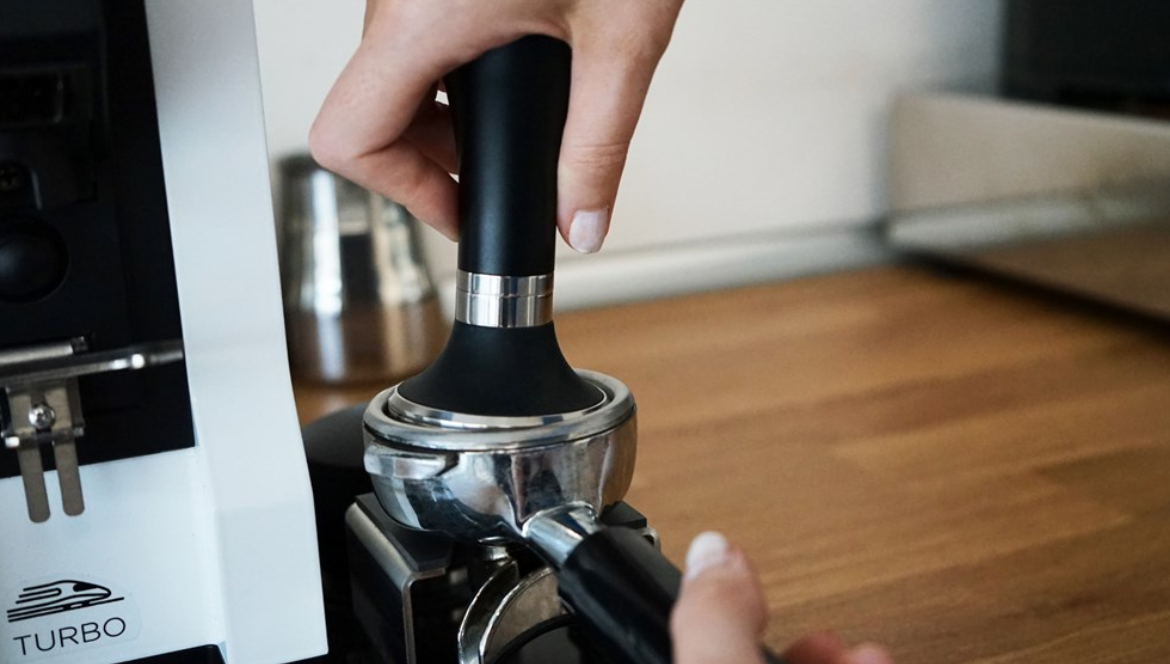
The Art of Espresso Tamping: Pressure, Technique, and Consistency
In espresso brewing, even the smallest step can make a big difference. And one of the most underrated yet crucial steps is tamping.
Proper tamping ensures that hot water flows evenly through the coffee grounds — extracting the perfect balance of flavor, aroma, and crema. Whether you’re using a professional espresso machine or a home espresso maker, mastering tamping is key to pulling a consistent, rich espresso shot every time.
Let’s explore how tamping pressure, technique, and consistency come together to perfect your brew.
What Is Espresso Tamping?
Tamping is the process of compressing ground coffee in the portafilter basket using a coffee tamper.
The goal? To create a uniform, compact coffee puck that resists water pressure evenly during extraction. This prevents “channeling,” where water finds weak spots in the puck and flows through unevenly — causing under-extraction and a watery shot.
A properly tamped puck acts like a filter: dense enough to control flow, yet permeable enough to extract oils, sweetness, and body.
The Science Behind Tamping Pressure
Espresso machines typically brew at around 9 bars of pressure — roughly 130 psi. Your tamp doesn’t need to match that force; it just needs to create an even, solid bed of coffee.
Ideal tamp pressure: about 25–30 pounds of force.
- Too little pressure – water flows too fast, resulting in sour, weak espresso.
- Too much pressure – compacted puck, slow flow, and bitter espresso.
Consistency matters more than brute strength. The key is to apply the same pressure every time, ensuring predictable results from shot to shot.
Step-by-Step: How to Tamp Espresso Like a Barista
- Distribute the Grounds Evenly: Before tamping, shake or use a distribution tool to level the grounds in the portafilter. This eliminates air pockets and helps ensure uniform extraction.
- Hold the Tamper Properly: Grip your coffee tamper like a doorknob — thumb and index finger around the base for control. Keep your wrist and elbow aligned at 90° above the portafilter.
- Apply Even Pressure: Press down firmly (around 25–30 lbs of pressure) while keeping the tamper level. Uneven tamping creates sloped surfaces that encourage channelling.
- Polish the Puck: After tamping, give a slight twist (without extra pressure) to smooth the surface and seal the edges. The puck should look flat, shiny, and compact.
- Clean and Lock: Wipe any loose grounds from the rim before inserting the portafilter into your espresso machine. This ensures a tight seal and prevents leakage.
Common Tamping Mistakes (and How to Fix Them)
- Uneven tamping: Causes one side to extract faster.
Fix: Use a flat, level surface and apply steady downward pressure. - Over-tamping: Slows down water flow and makes shots bitter.
Fix: Use consistent, moderate force — don’t overdo it. - Skipping distribution: Leaves air pockets, leading to uneven shots.
Fix: Always level your grounds before tamping. - Using the wrong tamper size: Too small or too big won’t compress evenly.
Fix: Match tamper size to your portafilter (commonly 58mm for most espresso machines).
Choosing the Right Coffee Tamper
A high-quality coffee tamper gives you precision, comfort, and consistency. Here are a few options baristas swear by:
- Calibrated tampers – Spring-loaded designs click when you reach the right pressure (great for beginners).
- Flat base tampers – Most common and reliable choice for even compression.
- Convex tampers – Slight curve to reduce edge channelling on certain espresso baskets.
If you’re using machines like Rocket Appartamento, Lelit Bianca, and grinders like the Eureka Mignon Specialita, invest in a solid 58mm stainless-steel tamper for the best fit and control.
The Role of Consistency in Tamping
Consistency is the hallmark of great espresso. If your grind, dose, and tamp vary each time, your results will too.
Professional baristas rely on routine and repetition — same dose, same tamp pressure, same timing. You can replicate this at home by:
- Using a digital scale to measure the coffee dose.
- Practicing tamping on a bathroom scale to feel 30 lbs of pressure.
- Keeping your portafilter flat while tamping — use a tamping mat for stability.
Once your tamping becomes second nature, every espresso shot will taste consistently balanced and flavorful.
Tools That Improve Tamping and Extraction
If you’re serious about espresso, pair your coffee tamper with tools that enhance precision:
- Coffee distribution tool: Ensures even coffee bed before tamping.
- Tamping station: Keeps your portafilter steady and prevents wrist strain.
- Espresso leveler: Helps flatten and polish grounds before tamping.
These accessories make a huge difference, especially if you’re using a semi-automatic espresso machine or dialing in grind settings on an espresso grinder like Eureka Mignon or Mahlkönig.
How Tamping Impacts Flavor
When tamping is done correctly, you’ll notice:
- Thicker crema
- Balanced sweetness and acidity
- Smooth, full-bodied mouthfeel
- Consistent shot times (25–30 seconds)
Improper tamping, on the other hand, results in uneven flow — producing shots that are sour, bitter, or both.
Final Thoughts
Tamping might seem like a small step in espresso brewing, but it’s one of the most important.
With the right coffee tamper, proper technique, and consistent pressure, you can transform your espresso shots from average to exceptional — no matter what espresso machine you use.
So next time you brew, remember:
- Even distribution
- Steady 30 lbs pressure
- Level surface
Master the art of tamping, and every espresso you pull will taste like it came straight from an Italian café.
Frequently Asked Questions (FAQs)
Q1. Why is tamping important in espresso brewing?
Tamping compresses the coffee grounds evenly, ensuring uniform water flow and balanced extraction.
Q2. How much pressure should I use while tamping?
Apply around 25–30 pounds of pressure for optimal results. The goal is consistency, not excessive force.
Q3. What happens if I tamp unevenly?
Uneven tamping causes water to channel through weak spots, leading to sour or bitter espresso.
Q4. Do I need a calibrated tamper?
A calibrated tamper helps beginners apply consistent pressure. It’s especially useful for ensuring even tamping every time.
Q5. How often should I replace my coffee tamper?
High-quality stainless steel tampers last for years. Replace only if it becomes loose, unbalanced, or damaged.











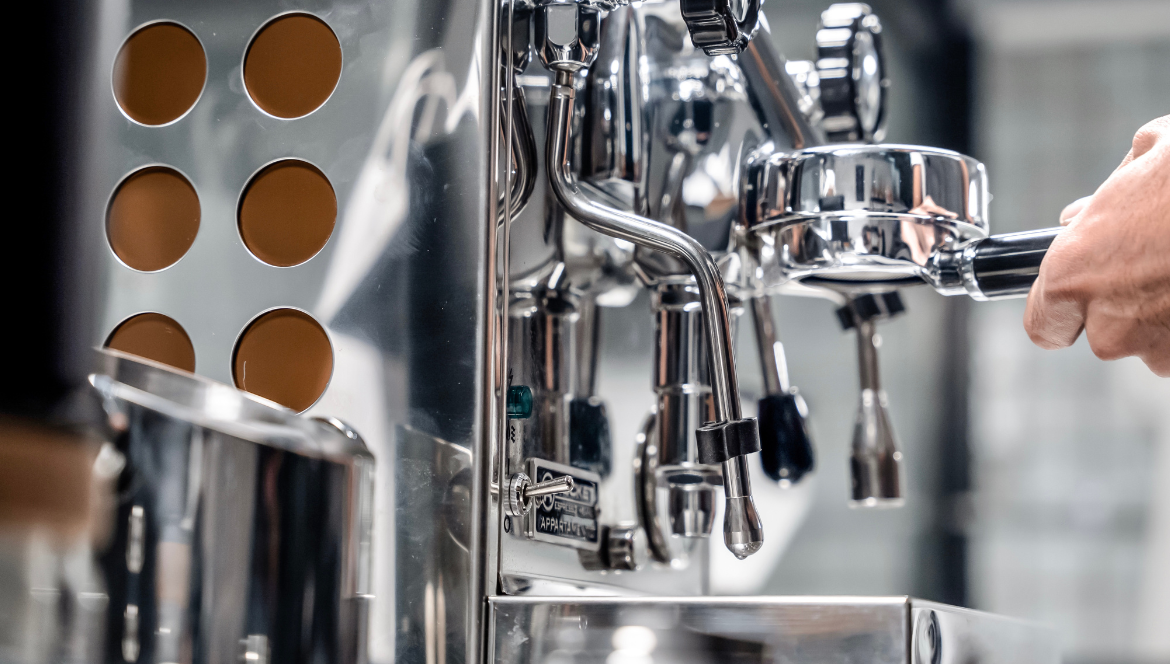
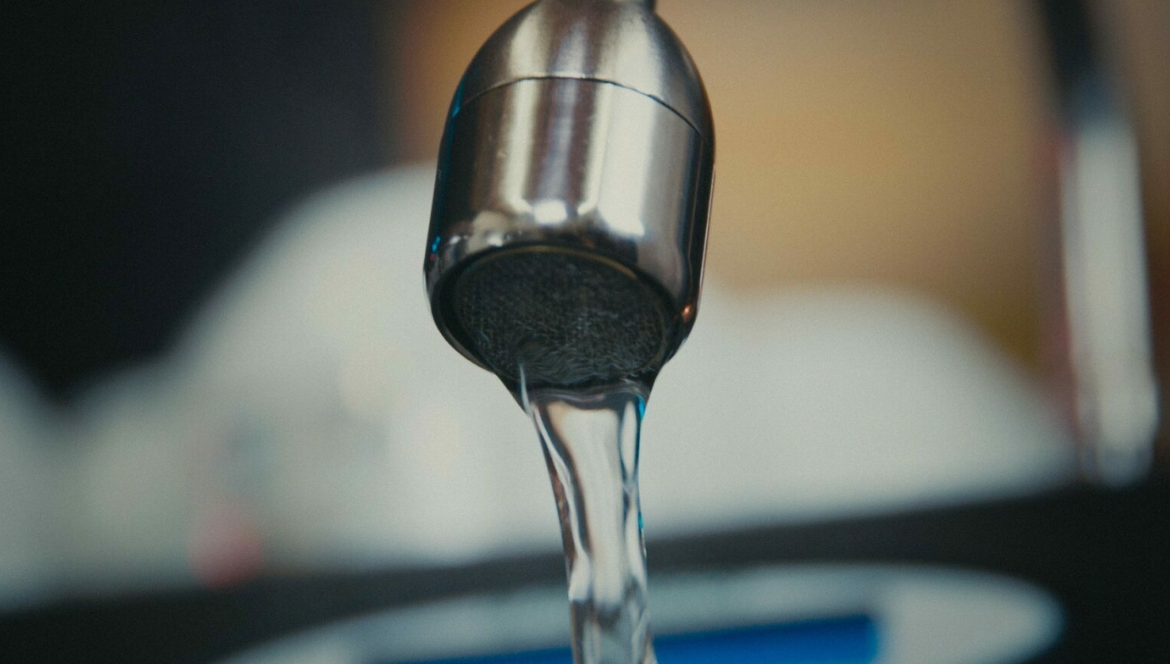
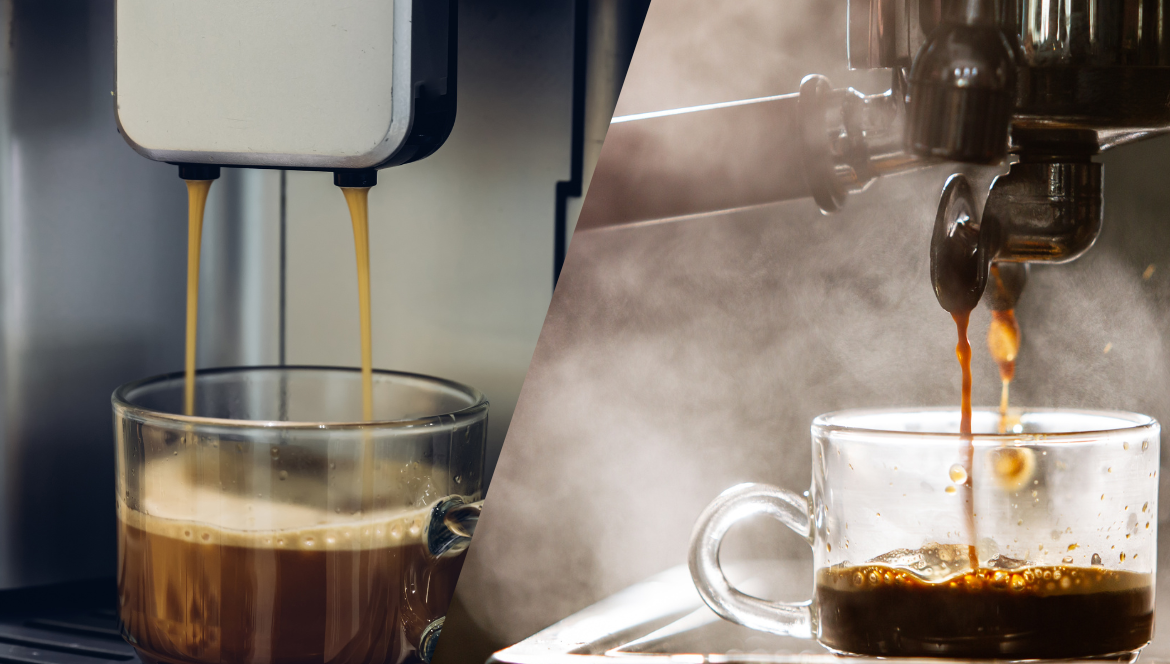
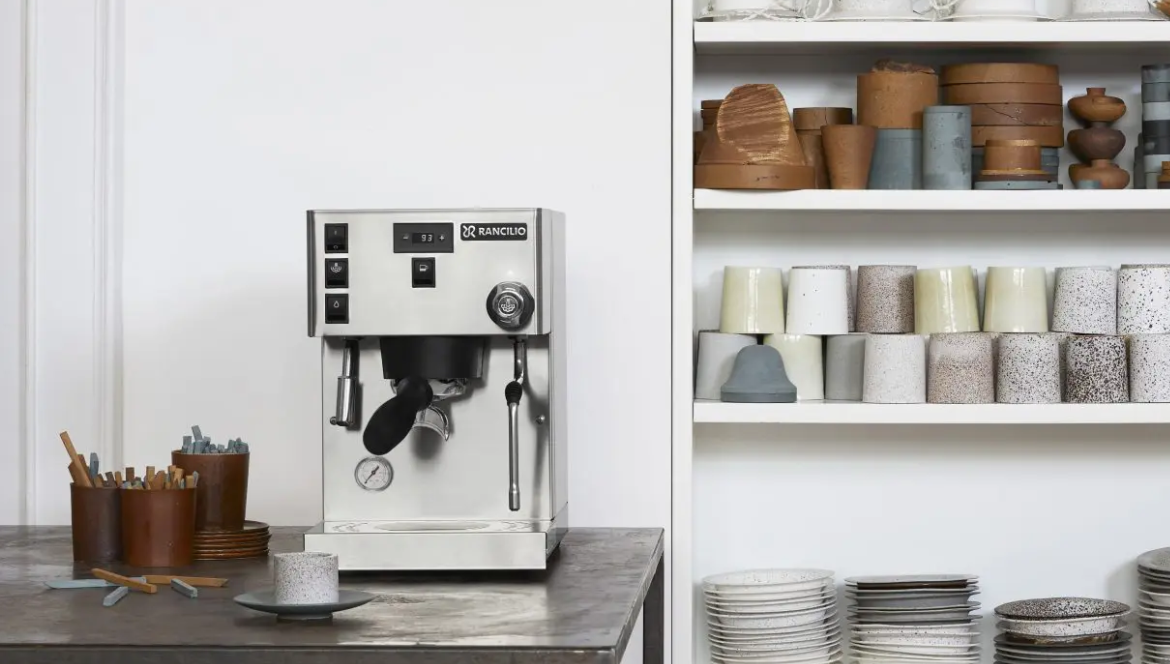
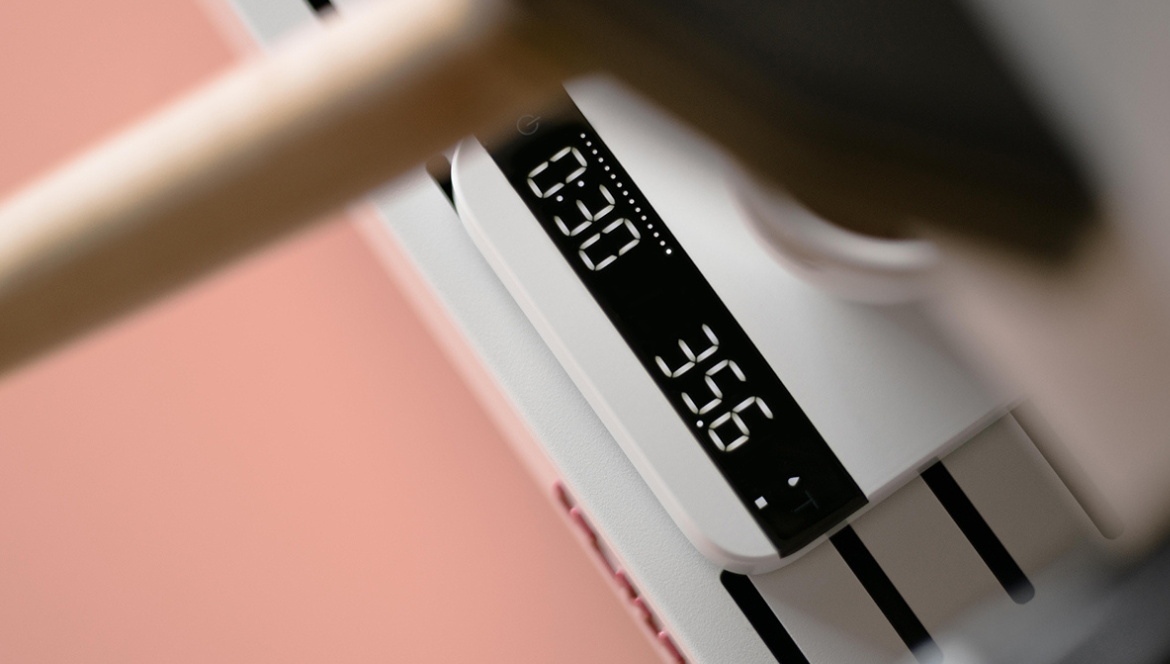
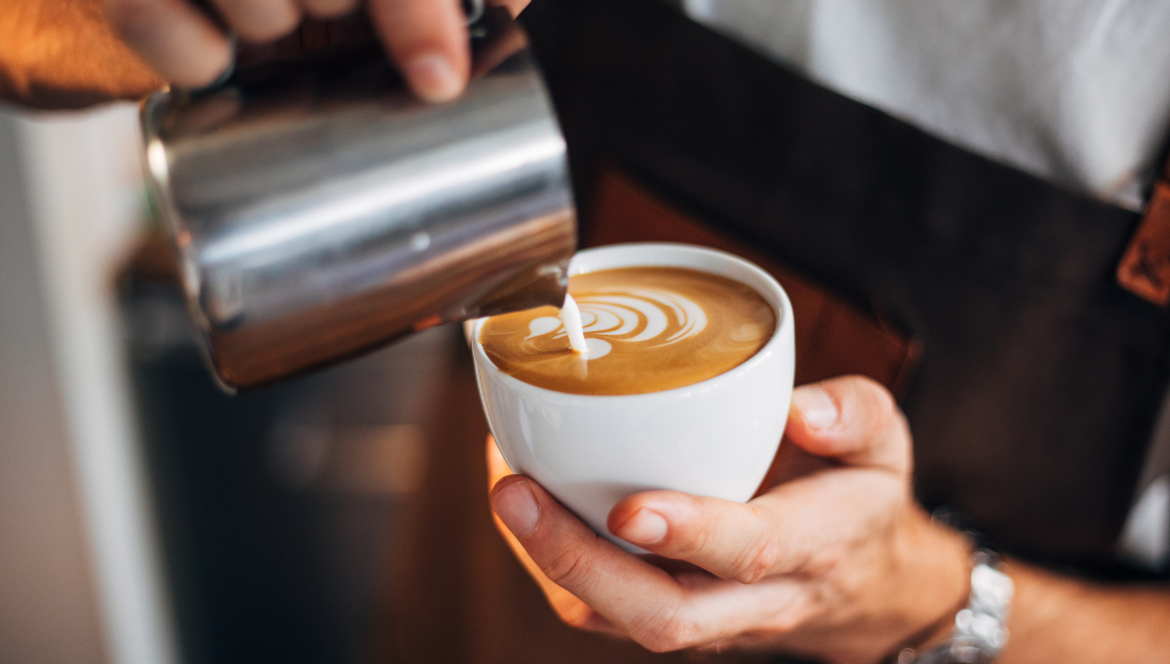
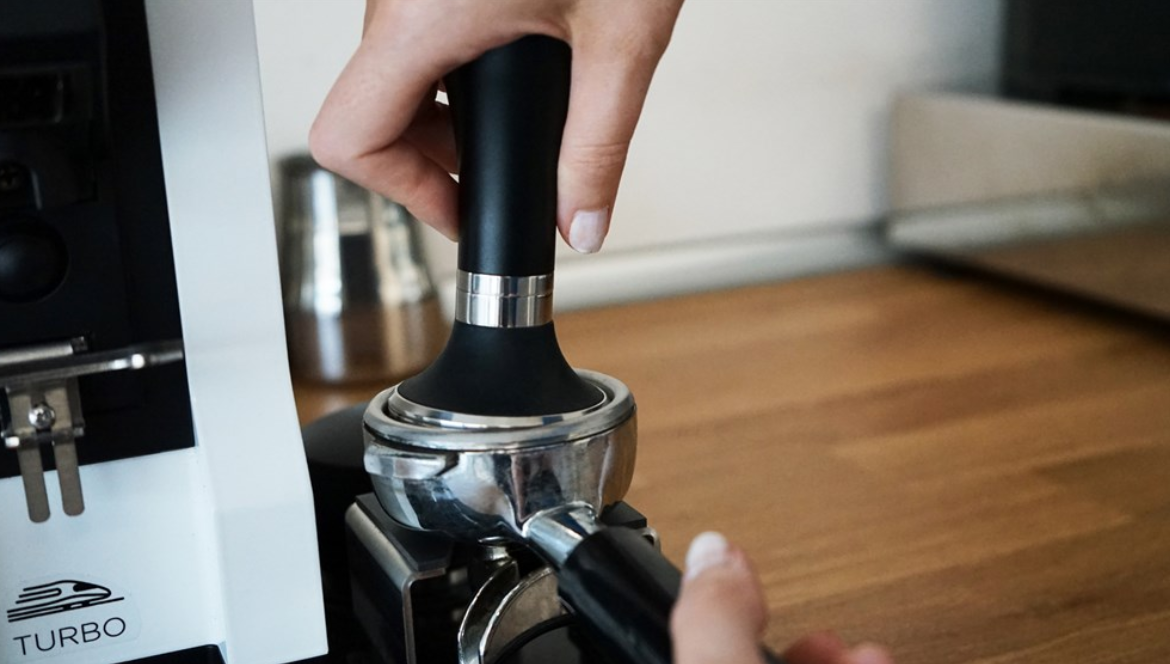
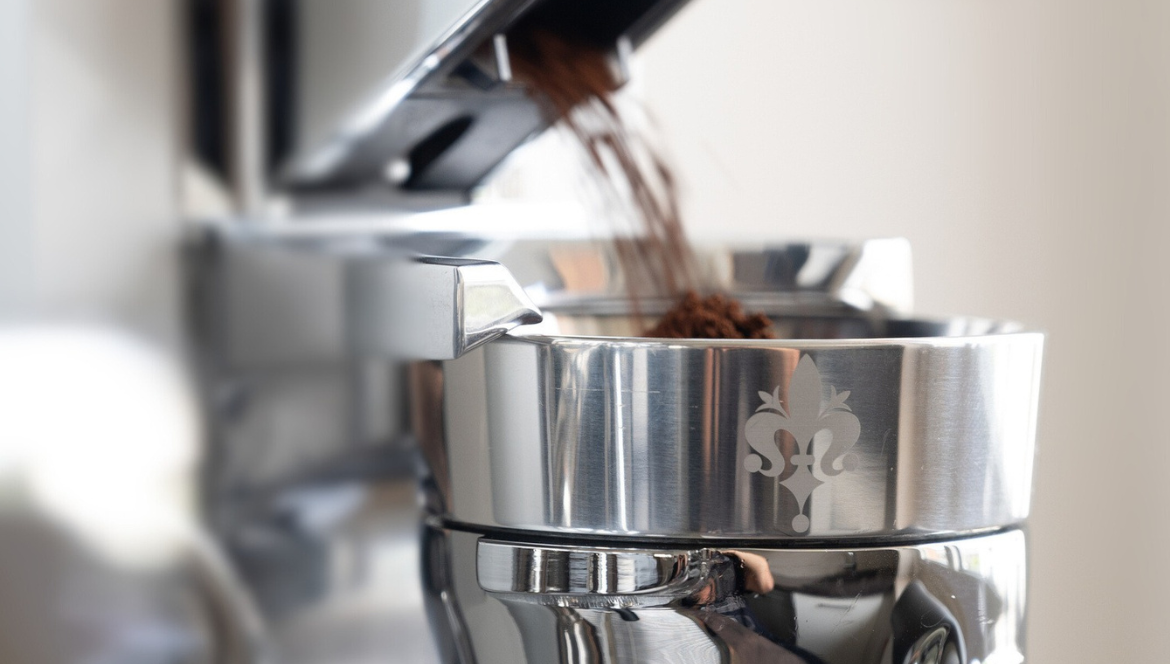
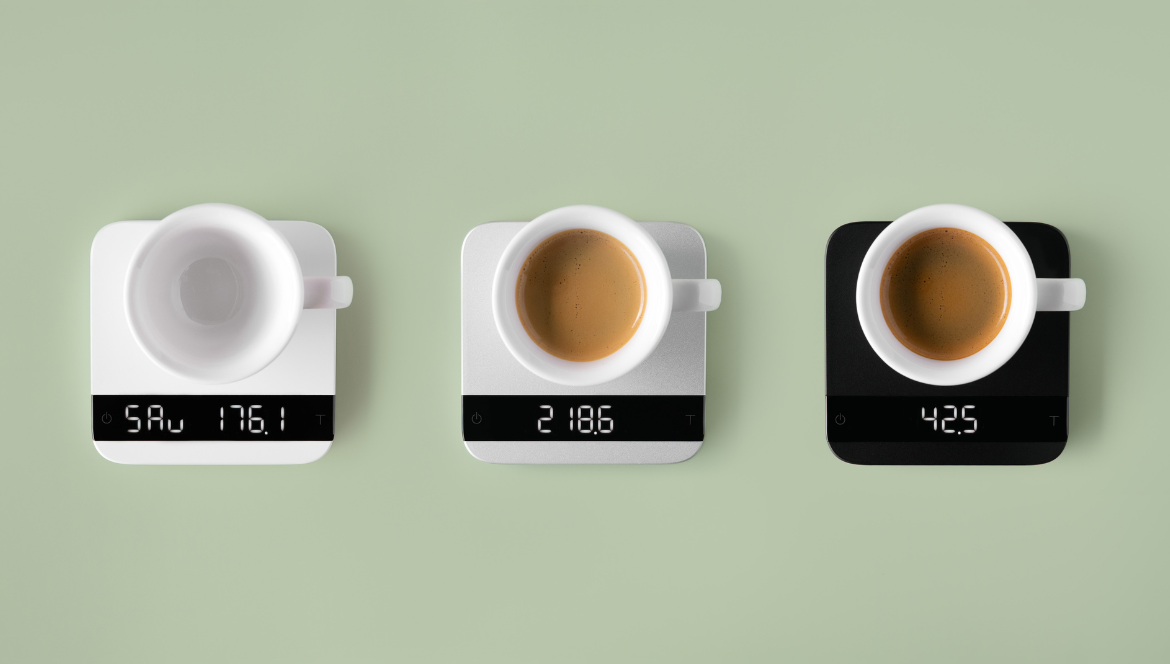
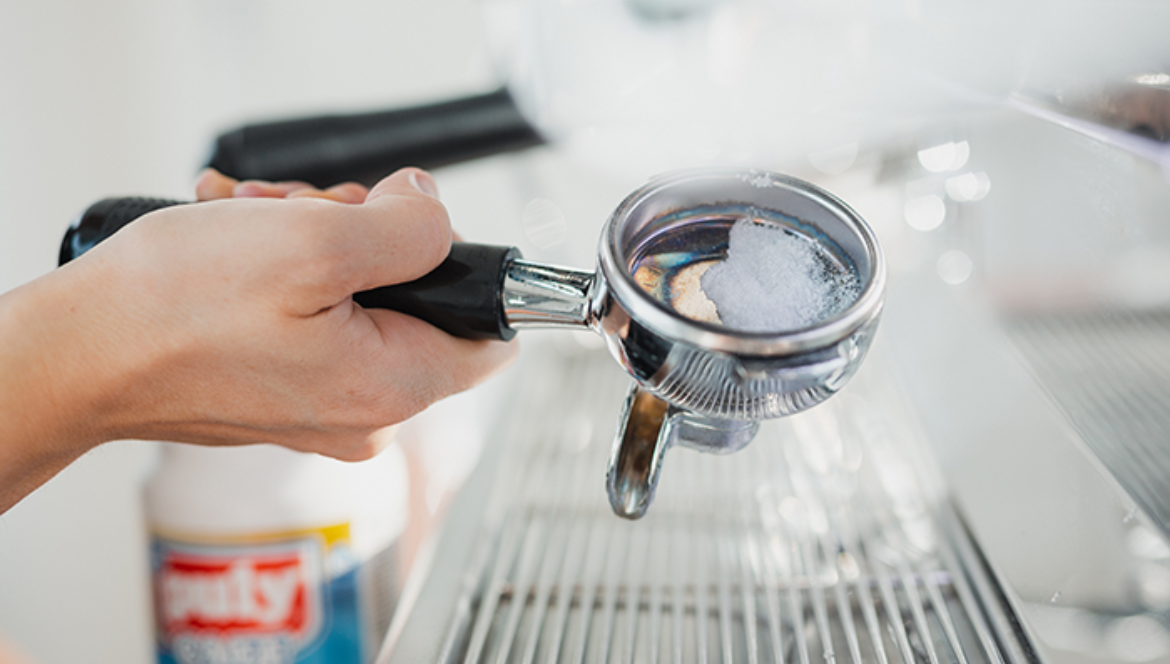
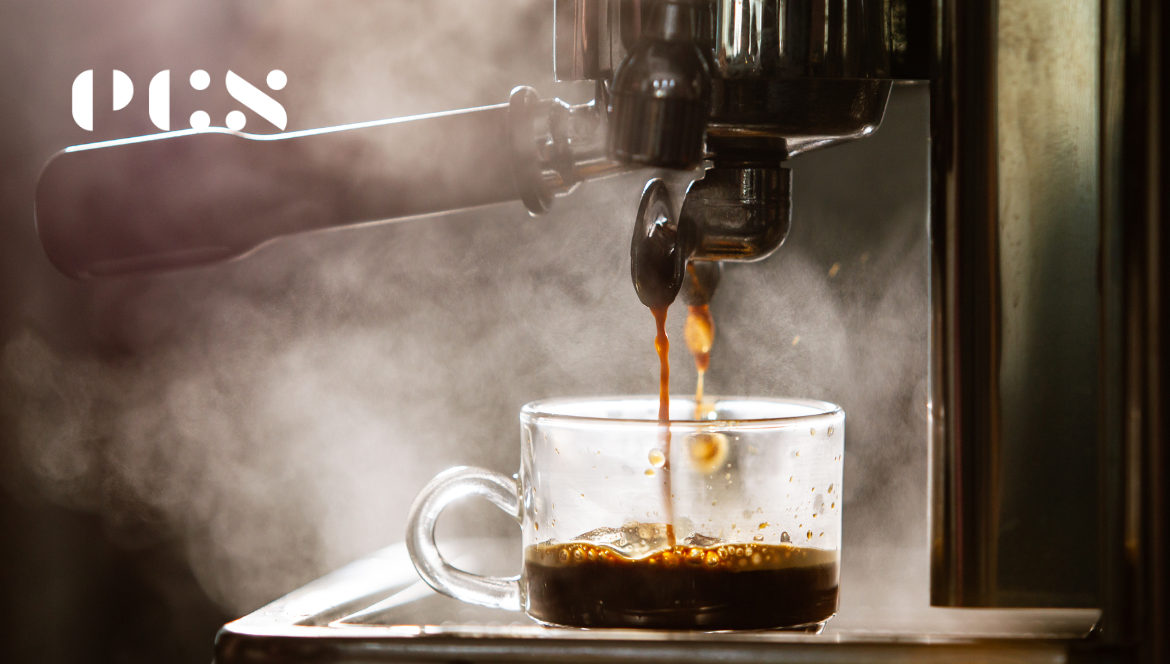
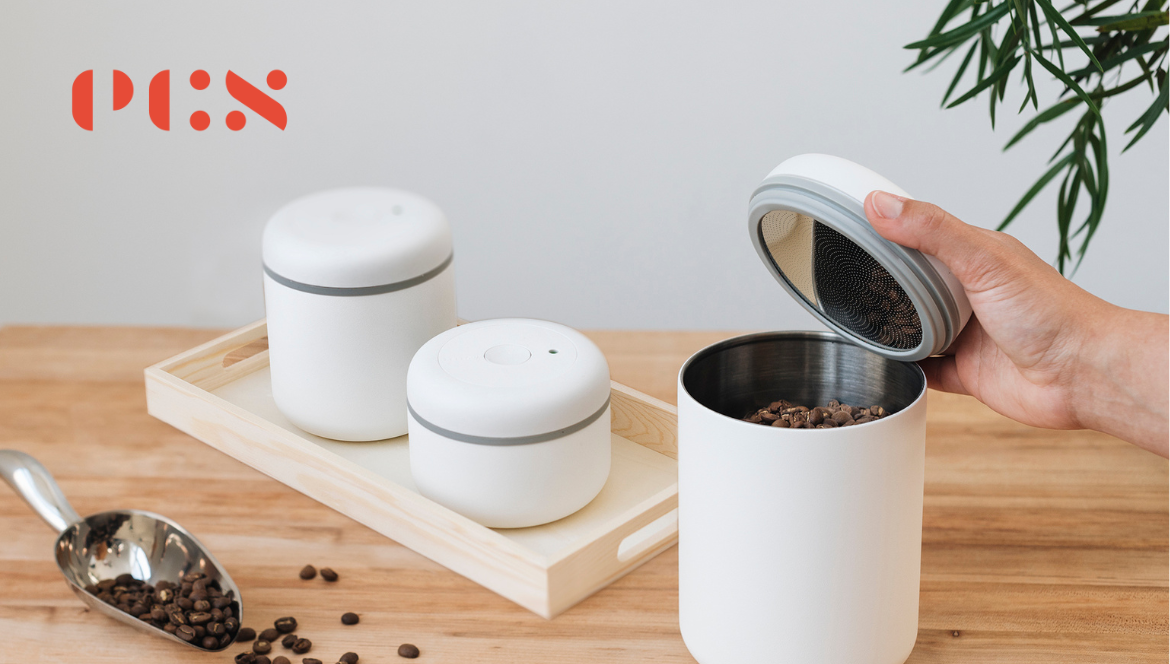
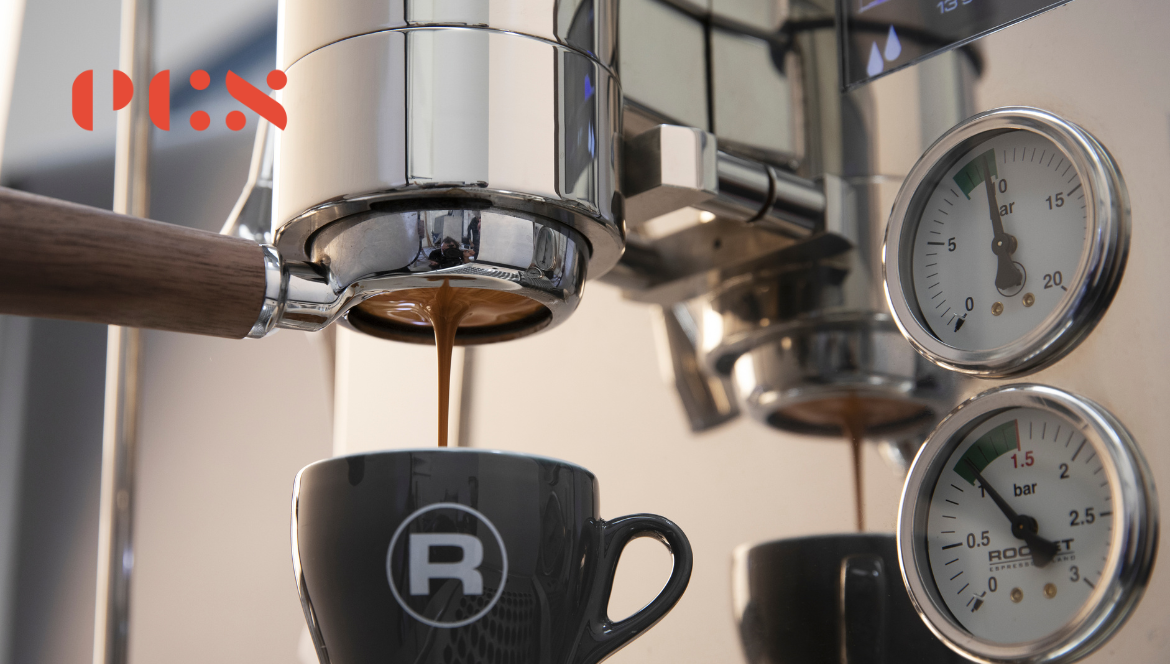
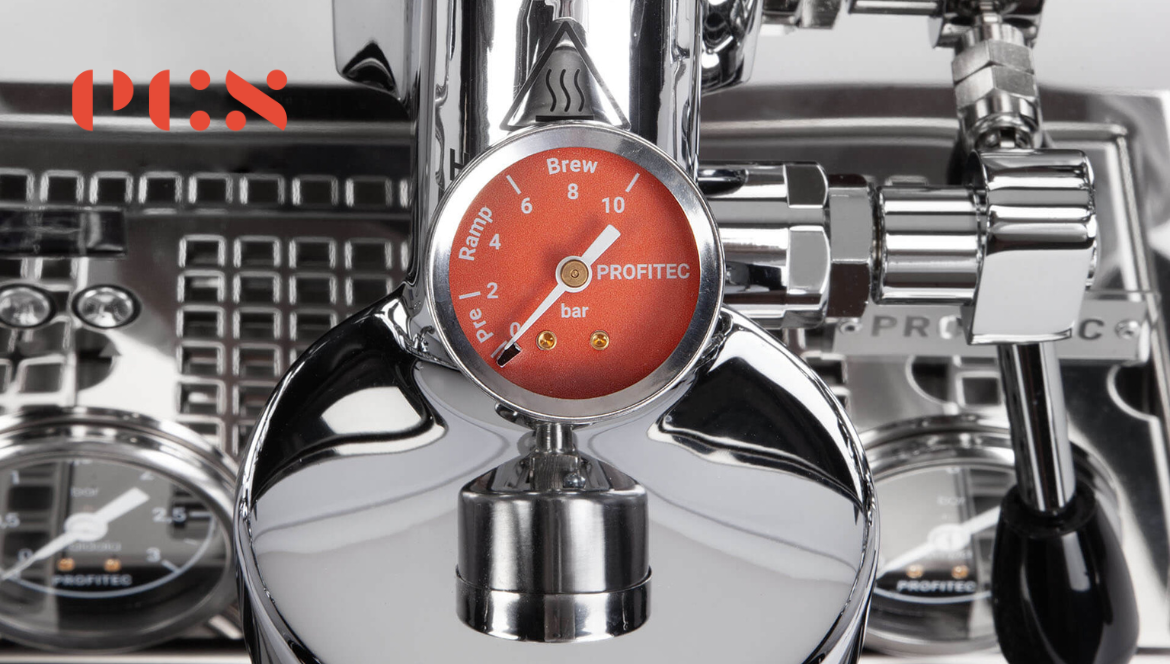
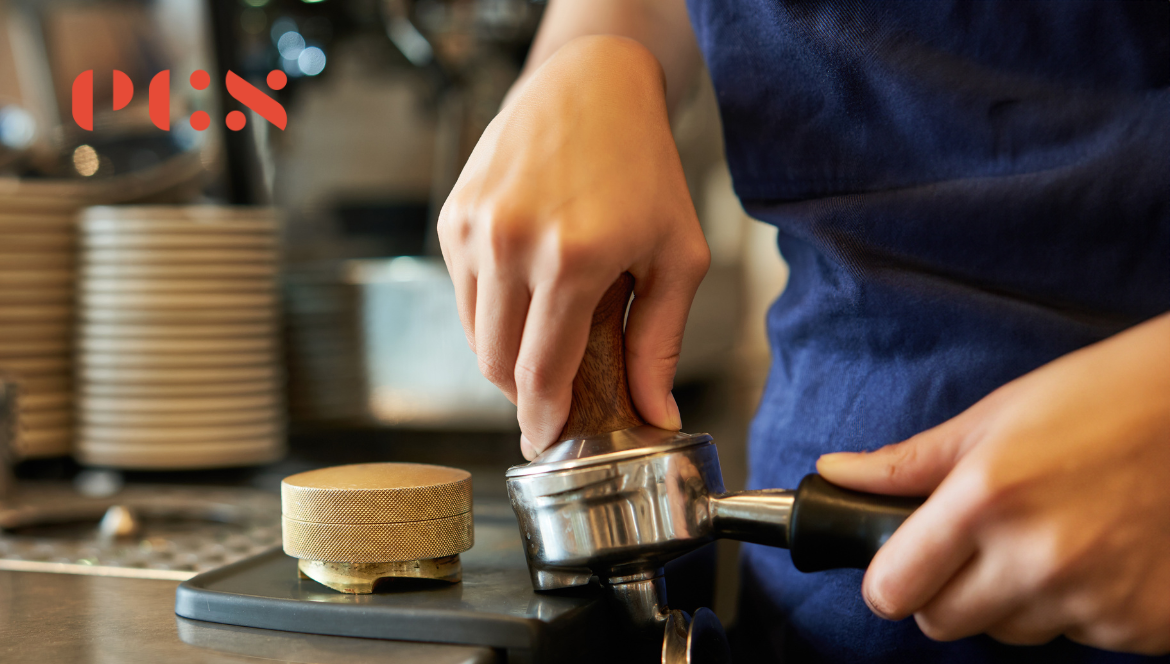
Leave a comment